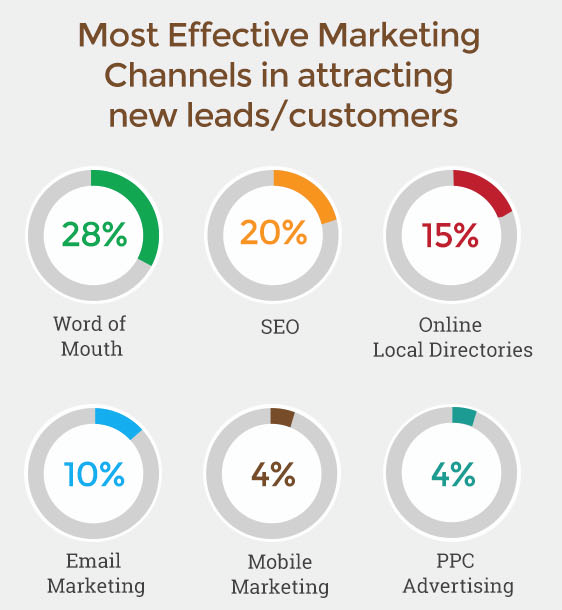
Digital marketing has become a necessity in today’s fast paced, nose-to-phone society, and no one needs data or numbers to prove that more people are relying on the internet today than at any point in the last decade. But unlike its real world brethren, the pool of digital marketing success is turbulent, unforgiving, and pulls many so far under water that they forget how to swim. There is no longer any space for amateurs or the ill-informed, especially now that Google has drastically modified the way it delivers ads to consumers. This means that small businesses will need to start building a little muscle to brave the rapids themselves.
The only way to combat digital marketing ignorance is an active desire to learn as much about this turbulent world as possible. Slowly sinking a toe in to test the temperature of the water is the first step, and involves lots of research. But don’t just go reading the first website or book that claims its digital marketing knowledge is up to snuff; learn from these big fish instead.

The Big Fish Digital Marketing Bloggers
Blogs are the new world library in which sharing and retrieving well researched and informative articles is quicker and simpler than grabbing a Readers’ Digest in line at the grocery store. They’re convenient, mobile, and definitely beat memorizing the Dewey Decimal System.
The Moz Blog – Started as a small SEO company in 2004 by Rand and his mother Gillian Fishkin, Moz is responsible for some if the first scalable digital marketing data mining. With the introduction of Mozscape, Moz single handedly changed the way marketers approach their target audiences online. You won’t find a better group of people to field advice on digital marketing anywhere on the web.
The Marketing Insight – Owned and operated by digital marketing specialist Suttida Yang, The Marketing Insight was created in response to a desperate need for small businesses to understand the digital marketing world. The eternal optimist, Suttida prides herself on providing all business owners with a comprehensive understanding of marketing awareness, engagement, and general sales techniques.
Buffer – A social media management company founded by Joel and Leo in 2010 as a way to help businesses master the social media game, Buffer has created a solid resource of happy and impressively dedicated experts in the fields of online marketing management and digital employment. Their unique blog provides readers with a direct scope into the worlds of social media, business management, and digital engineering.
Content Marketing Institute – Founded in 2007, The Content Marketing Institute was forged with the sole intent of teaching businesses a better way to brand themselves online. According to their website “CMI will not stop until the need for content marketing education no longer exists.”
Marketing Profs – Founded by marketing doctor Allen Weiss in 2000, Marketing Profs is a unique conglomeration of professors and professionals in the fields of publishing, technology, academia, and marketing. Their chief goal is creating a learning environment geared towards improving the marketing strategies of all businesses, everywhere.
The Daily Egg – This content marketing blog for Crazy Egg, the heat map software that visually tracks website traffic, is a daily blog dedicated to the improvement of digital marketing, web managing, and design. Each blog entry is rich with tips and tricks for everything from infographics and copywriting to branding and analytics, and of course the occasional egg joke.
HubSpot Blogs – Founded in 2006 by Brian Halligan and Dharmesh Shah on the “Inbound Marketing Theory,” HubSpot believes that the time of cold calling and trade shows is over, and the day of content marketing has come. Operating on this belief, HubSpot provides its readers with a diverse range of content marketing advice through its three blog trains: Marketing, Sales, and Agency.
These are just a small number of blogs providing rich content to its readers. What blogs do you enjoy reading about? Let us know in the comments section!





You must be logged in to post a comment.